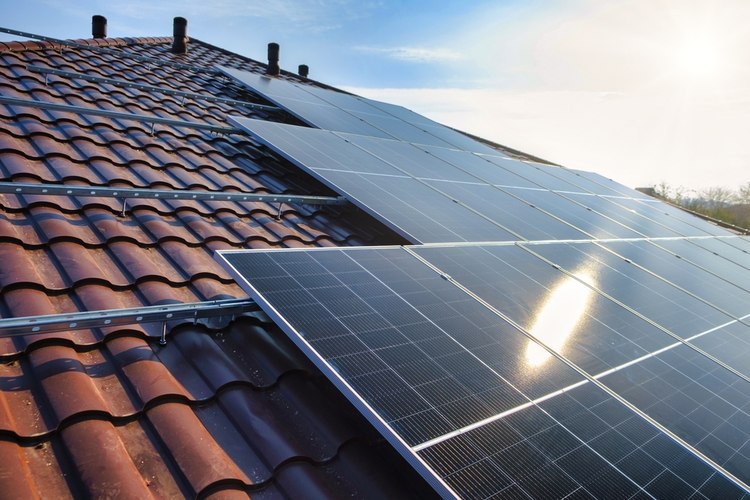Unfolding the Potential of Fixed Wireless Access for Broadband Connectivity
The ongoing quest for reliable and fast internet connectivity is a defining element of our digital age. Despite the proliferation of wired broadband and fiber optic technologies, there's an often overlooked player in the connectivity game: Fixed Wireless Access (FWA). This article explores the potential of FWA as a viable solution for broadband connectivity, diving into its evolution, current trends, challenges, and real-world applications.

A Historical Perspective on Fixed Wireless Access
FWA has been in existence since the early days of wireless communication, providing a method of establishing a broadband connection without the need for physical cables. Initially, the technology was primarily used to deliver internet access in remote, rural, or hard-to-reach areas where laying cables was not feasible. As technology advanced, FWA has evolved and adapted, offering increasingly faster speeds and better reliability.
Fixed Wireless Access in Today’s Telecom Landscape
FWA is now being deployed in a variety of contexts, from rural areas to bustling cities. Thanks to improvements in speed and reliability, it’s emerging as a competitive alternative to traditional wired broadband. The latest FWA solutions offer download speeds comparable to those of wired broadband, making it a more attractive option for many households and businesses.
The Impact of FWA on Broadband Connectivity
The impact of FWA on broadband connectivity is significant. For one, FWA is often more cost-effective and quicker to deploy than wired broadband, particularly in areas where the infrastructure for wired connectivity is lacking. It also offers a wireless solution to the ‘last mile’ problem, which refers to the challenge of delivering connectivity to the final leg of a network, usually the part that reaches individual homes or businesses.
Challenges and Opportunities in FWA Deployment
Though promising, FWA is not without its challenges. High-frequency signals used by FWA can be affected by environmental factors like weather and physical obstacles. Density of users in a specific area can also present challenges. However, technological advancements are steadily overcoming these issues, and the potential of FWA to bridge connectivity gaps remains significant.
Practical Applications of FWA
FWA has seen success in a variety of applications. In rural areas, where it’s often economically unfeasible to lay traditional wired networks, FWA provides an affordable and efficient solution for broadband connectivity. In urban areas, FWA can supplement existing wired networks, helping to alleviate network congestion and improve service for end users.
In conclusion, Fixed Wireless Access presents a valuable tool in the ongoing quest for reliable, fast, and affordable broadband connectivity. As technology continues to advance and overcome current challenges, the potential of FWA in both rural and urban contexts is likely to increase, making it an increasingly important player in the telecommunications landscape. As consumers and businesses alike strive for better connectivity, the role of FWA in meeting these needs deserves our attention and exploration.




